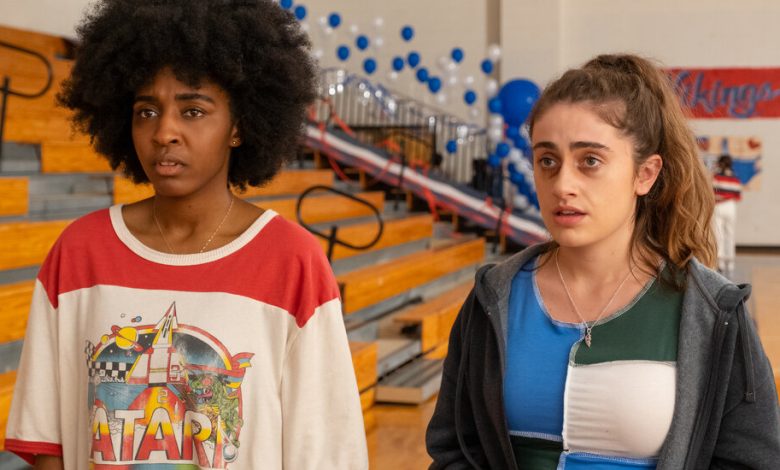Queer Women Behaving Badly: These Movies Scrap the Coming-Out Story

To a queer woman going to the movies, it may seem as if there has been something in the ether for the past year. First, in August, there was “Bottoms.” Then “Drive-Away Dolls” arrived in February. “Love Lies Bleeding” joined the fray in March. This cluster of relatively mainstream films about queer women, deliciously frothy and fun to watch, feels unprecedented.
It isn’t, of course — film always has a precedent. But the latest titles are different. These movies lean into camp: heightened realities, suspended disbelief, larger-than-life plots. What’s more, queer women had a significant hand in crafting each release, and none of the movies involve coming-out stories. Their protagonists are already out, living their lives, committing crimes along the way.
“I don’t think that these three films, even taken individually, could have quite existed in the pretty mainstream public sphere even a few years ago,” said Clara Bradbury-Rance, a film scholar and the author of “Lesbian Cinema After Queer Theory.” “At what point,” she added, “do you reach a sense that lesbians are represented enough to represent them in their badness and toxicity and irritation?”
“Bottoms” follows two lesbian high school seniors, PJ (Rachel Sennott) and Josie (Ayo Edebiri), who start a fight club (sorry, self-defense club) as a ruse to hook up with cheerleaders. “Drive-Away Dolls” is a crime caper about unsuspecting friends, Jamie (Margaret Qualley) and Marian (Geraldine Viswanathan), who find a mysterious package in the trunk of their car during a road trip. And in “Love Lies Bleeding,” Jackie (Katy O’Brian), an ambitious bodybuilder, comes to town and falls for Lou (Kristen Stewart), a gym manager with a shadowy past.
With their offbeat B-movie feel, these stories are “managing to mess with this dichotomy between the good representation and the bad representation,” Bradbury-Rance said, allowing us to think, “there are ways of finding pleasure in ambivalence and ambiguity and tension.”
These films are part of a recent larger wave of lesbian stories that includes “Tár,” “Nyad,” “The Color Purple” and “Silver Haze,” and they stand in stark contrast to another recent cluster: the period dramas of the late 2010s. Think: “Carol,” “The Favourite,” “Portrait of a Lady on Fire” and “Ammonite.” Andrea Torres, one of the programmers behind the recent Sapph-o-Rama series at Film Forum in Manhattan, referred to this as the “lesbian saints era.” It even had its own “Saturday Night Live” sketch: “Lesbian period drama,” went the tagline. “You get one a year — make the most of it.”
